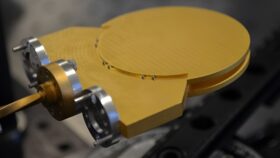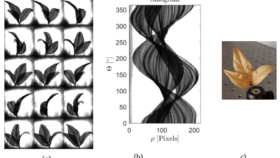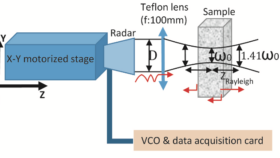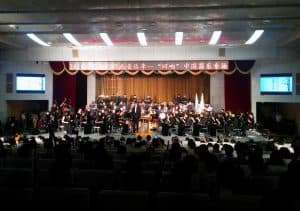More Stories

Terahertz Geodesic Luneburg Lens Antenna
Pushing Sub-THz Frontiers: Our Fully-Metallic Geodesic Luneburg Lens Antenna Why Sub-THz Luneberg lens Matters Classical Luneburg lenses have too much losses above 80 GHz. Together and colleagues at KTH Stockholm, ESA Noordwijk and IETR Rennes, we decided to tackle those issues head-on with a radically different solution—one that would rely on purely metallic wave-guiding optics…

Skeletonization and 3D rendering with real time terahertz tomography
In this collaborative article between Lytid, IMS and Noctylio, we explore the application of terahertz (THz) technology in tomography to create 3D reconstructions in real time. The experimental setup is based on a latest generation micro-bolometric camera with 240×320 pixels, equipped with an anti-reflective coated lens developed by Lytid, to record the projection images of…

Feasibility of Using a 300 GHz Radar to Detect Fractures and Lithological Changes in Rocks
This article examines the possibility of using a high frequency radar (300 GHz) to detect fractures and lithological changes in rocks. This study, carried out in collaboration between Federico Sanjuan (University of Pau, France) and the IMS laboratory (University of Bordeaux), is in the context of the improvement of the methods of detection and quantification…
